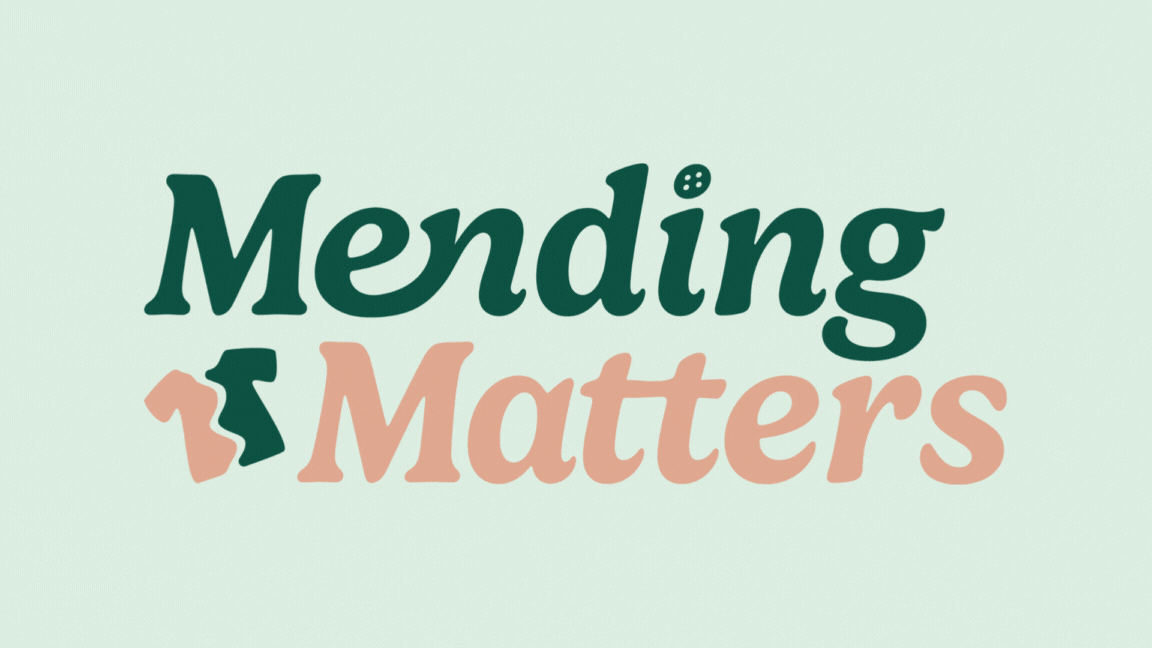Design Brief Drafts
- Caitlyn Gass
- Feb 24, 2023
- 2 min read
For the reading week, I started laying out our design brief and jotting down possible responses to each prompt provided by Hu (Our instructor) on Miro.
Process

I started applying the identity to the design brief document to see how the text could look in printed matter, comparing our two fonts to see what's better as a header and body font. I just quickly put the two together side by side and discussed it online with Katherine on what worked better. We both agreed with the sans serif font "Articulat CF" as the description, and the serif font "Gelica" as our header.
After that, I went to lay out the design brief and started noting on miro what I thought should be included! I thought about the timeline and what is realistically possible to create in these couple of months, how long we would need just for printing and set up, and much more. I think sitting down one on one with Hu is what we really need to get these ideas more concrete.
Reading of the Week
I found a really helpful document written by the Salvation Army about textile waste in Canada and the lack of information about it. You can read it here.
This document discusses some current waste diversion programs happening in Canada and the issues that can follow those programs. For example, they mention a program in Colchester Country, NS which was the first Canadian jurisdiction to implement a program in 2016 around the textile waste. The data collected from that ban on textiles going to the landfill allowed within three weeks of introduction, 680 kilograms of textiles to be diverted. Although positive, they call into question other elements such as,
Who is currently collecting in the market, and with which channel types?
Who are the processors in the market and will they be capable of handling additional volumes?
How will a ban affect the local non-profit charities and for-profit organizations in the community?
Who will bear the costs to collect and sort residents’ textile waste?
What resources will be needed to support current local infrastructure?
What do residents desire in disposing of textiles – do they want to donate to charities, or simply dispose for convenience?
How can the municipality best influence diversion AND support the local textile diversion industry?
I think this approach to looking at textile waste diversion is also good to know and consider when designing our service. Maybe we could educate the students on things like the Colchester program, and get them involved in advocating for it to be implemented more in the rest of Nova Scotia.
Next Steps...
Like Katherine mentioned in her blog, our next steps are to talk with Hu about what is working and what is not, and bounce off ideas on people who arent deep into the project like we are to see what we should explore next. This feedback will allow us to create and finalize our design brief.
This blog entry was written by Caitlyn Gass, co-founder, and multi-disciplinary designer on this project. To learn more about Caitlyn, visit the about page.
Last update: 2.24.2023


Comments